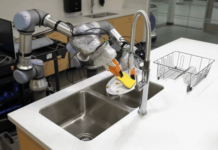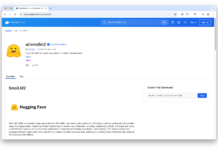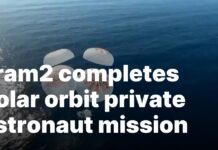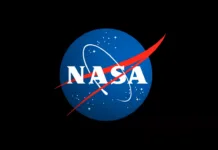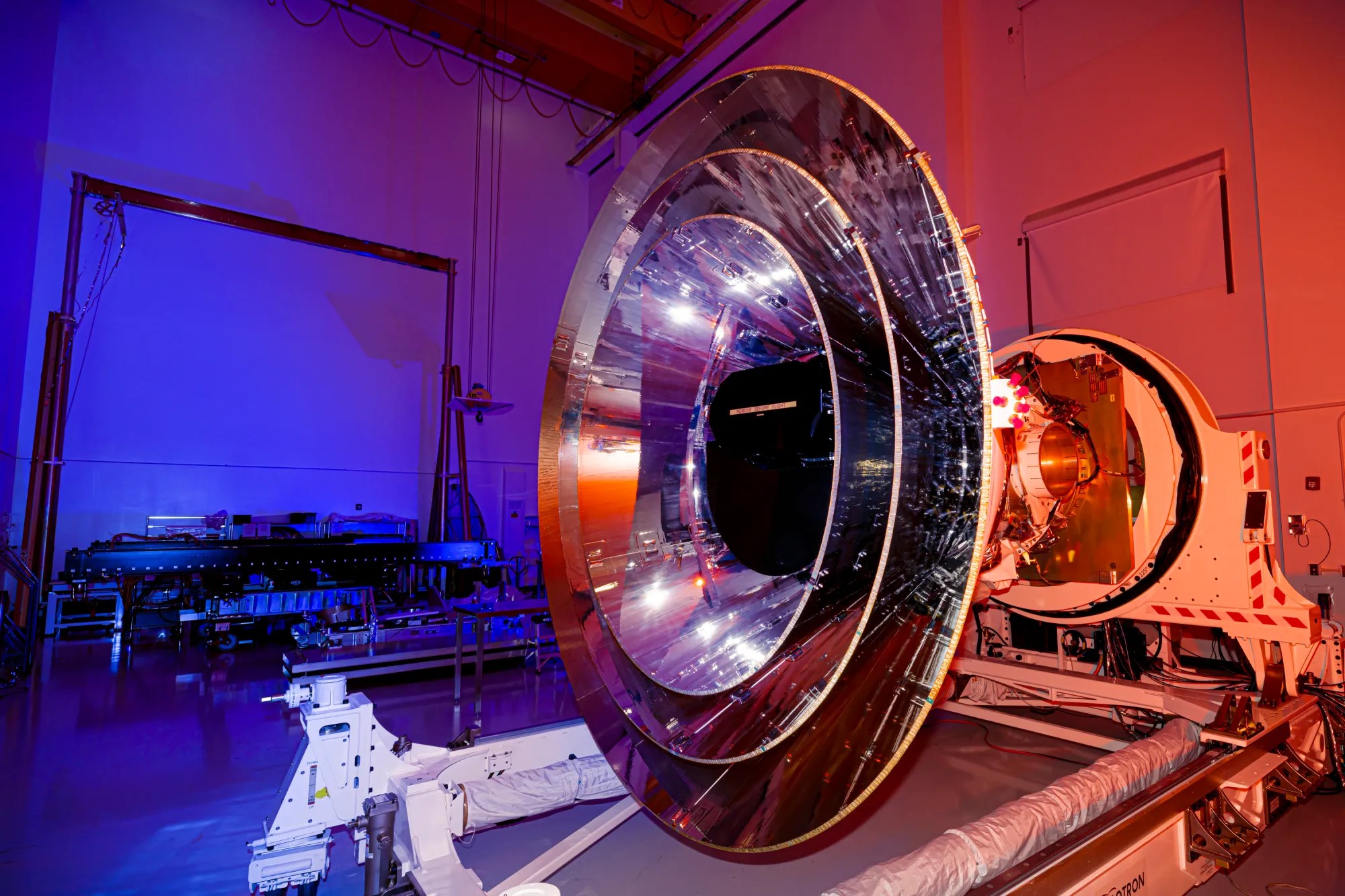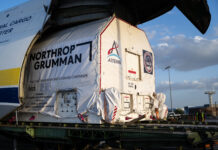Media Invitation for Upcoming NASA Missions to Explore the Universe and the Sun
NASA is gearing up for an exciting double mission launch, and the agency is now inviting media representatives to apply for accreditation to cover this significant event. These missions aim to delve deeper into the enigmatic realms of our universe and the Sun, potentially unveiling new insights that could reshape our understanding of cosmic phenomena.
Scheduled Launch of SPHEREx and PUNCH Missions
The anticipated launch is set for late February when NASA will send the SPHEREx (Spectro-Photometer for the History of the Universe, Epoch of Reionization and Ices Explorer) observatory into space. This sophisticated space telescope is designed to craft a comprehensive 3D map of the universe, providing scientists with vital data to explore the genesis of the cosmos. Alongside SPHEREx, NASA will also launch the PUNCH (Polarimeter to Unify the Corona and Heliosphere) mission, which focuses on studying the solar wind, the constant flow of charged particles from the Sun.
Both missions will be aboard a Falcon 9 rocket from SpaceX, launching from the Space Launch Complex 4E at Vandenberg Space Force Base in California. This collaboration underscores the ongoing partnership between NASA and commercial space companies to advance space exploration.
Media Accreditation and Participation
Media personnel interested in covering the launch need to secure accreditation. This involves applying by specific deadlines: for U.S. citizens, applications must be submitted by 11:59 p.m. EST on Thursday, February 6, and for international journalists, the cutoff is 11:59 p.m. on Monday, January 20. Accredited journalists will have the privilege to participate in a series of prelaunch briefings and interviews with mission experts, offering an in-depth look at the missions’ objectives and technologies.
NASA will provide further details about the media events as the launch date nears, ensuring that accredited media have the necessary information to cover this groundbreaking event comprehensively.
Understanding SPHEREx: Mapping the Universe in Infrared
The SPHEREx mission is groundbreaking in its ambition to observe hundreds of millions of stars and galaxies using infrared light. Unlike visible light, infrared wavelengths are not detectable by the human eye, yet they are crucial for observing celestial bodies that are otherwise hidden. This mission will help scientists investigate the rapid expansion of the universe, known as inflation, which occurred just moments after the Big Bang.
Additionally, SPHEREx will measure the diffuse light emitted by galaxies both near and far, including those that are not individually visible. This could lead to the discovery of previously unseen galaxies. Another key aspect of the mission is its search for essential life-sustaining compounds, such as water and carbon dioxide, within our Milky Way galaxy.
PUNCH Mission: Unveiling Solar Mysteries
Accompanying SPHEREx is the PUNCH mission, which consists of four small satellites that will observe the Sun and its surrounding space environment. These satellites are designed to work in unison, mapping the area where the Sun’s outer atmosphere, known as the corona, transitions into the solar wind. This mission aims to provide a clearer understanding of the solar wind’s origins and behavior, which can have significant implications for space weather forecasting and the protection of satellites and astronauts.
Management and Collaborations
The SPHEREx observatory is managed by NASA’s Jet Propulsion Laboratory located in Southern California, under the supervision of the Astrophysics Division within NASA’s Science Mission Directorate. The principal investigator of the mission operates jointly at NASA JPL and Caltech. BAE Systems, formerly known as Ball Aerospace, has constructed the telescope and provided the spacecraft bus, as well as integrated the observatory.
The scientific analysis of the data collected by SPHEREx will be carried out by a team of researchers from 10 institutions in the United States, along with two in South Korea and one in Taiwan. The processed data will be archived and made publicly accessible at IPAC (Infrared Processing and Analysis Center) at Caltech, ensuring that the wealth of information gathered can benefit the global scientific community.
The PUNCH mission is led by the Southwest Research Institute’s office in Boulder, Colorado, with management duties handled by NASA’s Goddard Space Flight Center in Greenbelt, Maryland. NASA’s Kennedy Space Center in Florida oversees the launch services for both missions, highlighting the collaborative efforts across various NASA centers and international partners.
Additional Resources and Information
For those interested in following the progress of the SPHEREx mission, NASA provides updates through its dedicated SPHEREx blog. The PUNCH mission also has a blog that offers the latest news and developments. These platforms are excellent resources for staying informed about the missions’ preparations and future findings.
The forthcoming launch of the SPHEREx and PUNCH missions represents a significant milestone in our quest to understand the universe and our own solar system. By mapping the skies in infrared and studying the Sun’s outer atmosphere, these missions promise to enrich our knowledge and inspire further exploration and discovery.
For more detailed information about the SPHEREx mission and its preparations, you can visit the official NASA page at NASA SPHEREx Mission. This website serves as a comprehensive resource for those keen on learning more about the mission’s objectives, technology, and anticipated impact on our understanding of the universe.
For more Information, Refer to this article.


















